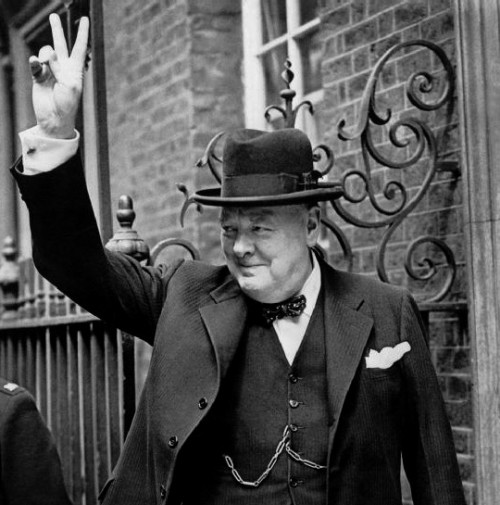29th January 2015 Vancouver, Canada
Churchill’s Scientists
This year marks the 50th anniversary of Churchill’s death. Whilst he is rightly remembered as a war time leader, artist and historian; did you know that he also had a passion for science?
In 1935 he wrote to this wife about progress on landscaping the gardens at their home, Chartwell House. In his letter he writes about a mechanical digger he had brought in to widen a lake at the property. There is a palpable sense of excitement as he describes the smoke belching beast tearing great chunks out of the ground. These days, we’re accustomed to diggers clogging our streets as seemingly endless construction takes over our cities. But in those days they were a rare sight, making Churchill something of an early adopter.
During the War his enthusiasm for science was undimmed. He surrounded himself by scientists, turning to them for advice and pushing them to give Britain an edge in the fight against Fascism. One of the more famous inventions he championed is now the backbone of modern air traffic control: radar. At the time, it was revolutionary and gave the RAF the edge it needed during the Battle of Britain.
Of all the creations Churchill backed, the bouncing bomb sounds the most improbable. Designed for the RAF by Barnes Wallis this cunning device was used by the Dambusters in their famous raid on the Möhne Dam. Skipping across the reservoir to avoid torpedo nets, backspin helped it cling to the dam as it sank and exploded beneath the water.
A new exhibition at the Science Museum showcases Churchill’s Scientists and shows how the culture of scientific achievement he fostered led to breakthroughs in fields as wide ranging as nuclear power, medicine, engineering and radio astronomy. If you are in London it is well worth a visit and shines a light on another facet of one of the nation’s best loved leaders.
